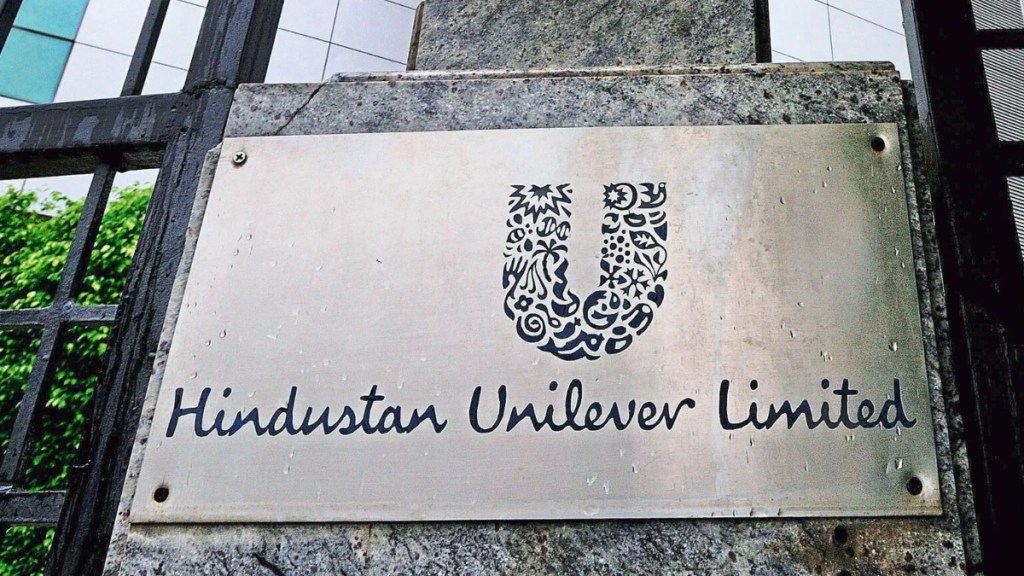The swift leadership change at Hindustan Unilever (HUL), announced on Thursday, came as a surprise to many, which is understandable as Rohit Jawa is only the second CEO in HUL’s long history to have got just a two-year stint at the helm. But if you dig a little deeper, the change was expected for at least two reasons. First, the average CEO tenure in companies around the globe is anyway becoming shorter, courtesy the mindboggling changes and uncertainties in the external environment. Second, Unilever itself saw the abrupt exit of Hein Schumacher as the global CEO just 20 months into his tenure in February. He was replaced by Fernando Fernandez, who the board thought has the ability to capitalise on the company’s growth plan “with urgency”. It all came down to that one word, much beloved by Wall Street: urgency.
So it can be a safe assumption that Priya Nair, a tried and tested hand at both HUL as well as Unilever, has been given the job to lend urgency to the business rejuvenation plan that Fernandez, another Unilever veteran, has in mind. The overarching global theme of this plan is to move faster with a focus on demand creation and execution. It is clear from Fernandez’s public interactions so far that he seeks an acceleration in the rollout of global brands in India and a lower focus on local and regional brands. He expects quick commerce to become a much bigger force with nearly a 15% share in HUL’s sales in three-four years, from the 2%-plus level now. That’s a massive increase and points to the disruption that lies ahead in the distribution channel. The idea is to clear the path for higher volume growth, something that the company’s shareholders have been missing for some time now. The new India boss, thus, has her hands full.
The lower focus on regional/local brands can, however, prove to be a big gamble in India. HUL has prided itself on its “Winning in many Indias” strategy in a country where the market dynamics changes every 100 km. India’s largest consumer goods firm has also positioned itself as one which straddles the pyramid in a country with wide economic disparities. In that context, the global CEO’s strategy of “attacking” the positioning of what he calls a federation of local and regional brands can be jarring. HUL derives nearly 30% of its turnover from region-specific or country-specific brands, so this focus on power brands should not constrain country- or region-specific brands in India.
Going by the enthusiastic response to the HUL stock on Friday, the markets are clearly betting on Nair’s success. There is no doubt that the first female CEO of HUL has a deep understanding of the Indian market, which is Unilever’s second largest contributing 12% to the topline, and has a strong track record on execution. She has spent nearly three decades with Unilever, including key leadership roles at HUL, where she led the home care and beauty businesses. But she comes in at a time when HUL, like many other peers in fast-moving consumer goods, has been grappling with sluggish demand, margin pressures, and increasing competition from digital-first and regional brands.
In fact, HUL’s volume growth has not crossed 5% in the past six years and its traditional distribution strengths are under pressure. It also remains to be seen how the company modernises its go-to-market strategy to remain competitive under her stewardship.

